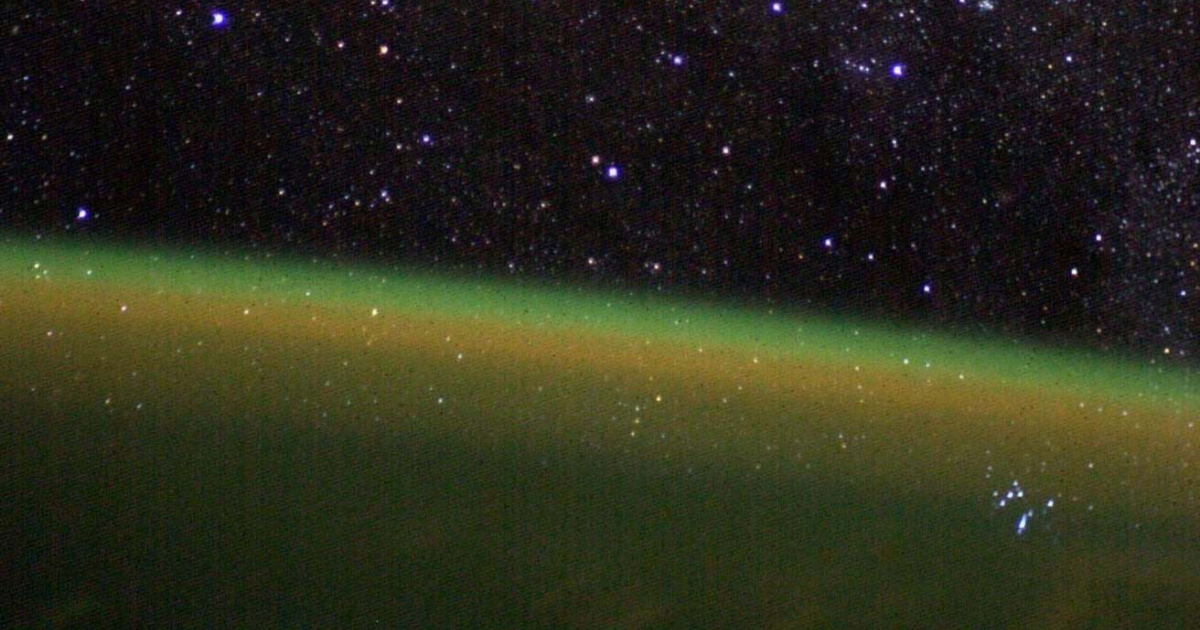
In the backs of our minds, we know that the world around us is always changing.
Us included.
When you see a cool picture, and then someone tells you it can never be taken again, though…well, seeing is believing.
NASA astronaut Donald Pettit took a picture from the International Space Station in 2003. It was of the Earth’s atmosphere, an endless background of sparkling stars in the background.
Star field image of the Southern Cross from @Space_Station during Expedition 6 in 2003 showing the atmosphere on edge illuminated by green airglow from atomic oxygen.
At this time Space Station’s orbital attitude was a solar inertial attitude (XPOP) that allowed the solar… pic.twitter.com/talGMDYMKf
— Don Pettit (@astro_Pettit) July 24, 2024
The reason it can’t be taken again is because the ISS used to orbit the Earth with its solar panels pointing toward the Sun.
“Essentially, the station itself was the tracking mechanism thus for a camera mounted to Space Station, a time exposure yielded stars as pinpoints.”
Now, we have the capability to change the panels’ angles.
In 2006, the station changed its attitude from a “solar inertial attitude” so that one side remains pointed at Earth. That means the same picture now would result in “arcing trails,” not sharp pinpoints of stars.
Pettit is the oldest astronaut active at NASA, and is scheduled to return to the ISS with two Russian cosmonauts in September.
He’s planning to take another photo to show people what’s changed, but also take one with a “wind-up tracking device that will compensate for the current space station motions and once again allow long time exposures with pinpoint stars.”
So, maybe he can re-create it, even if it’s not exactly the same.
“With our current generation of digital cameras, I hope to continue these astrophotography star field images.”
It will be very interesting to see the images he takes this time around.
Everything old is new again – even if it’s not technically as good.
If you thought that was interesting, you might like to read about a second giant hole has opened up on the sun’s surface. Here’s what it means.